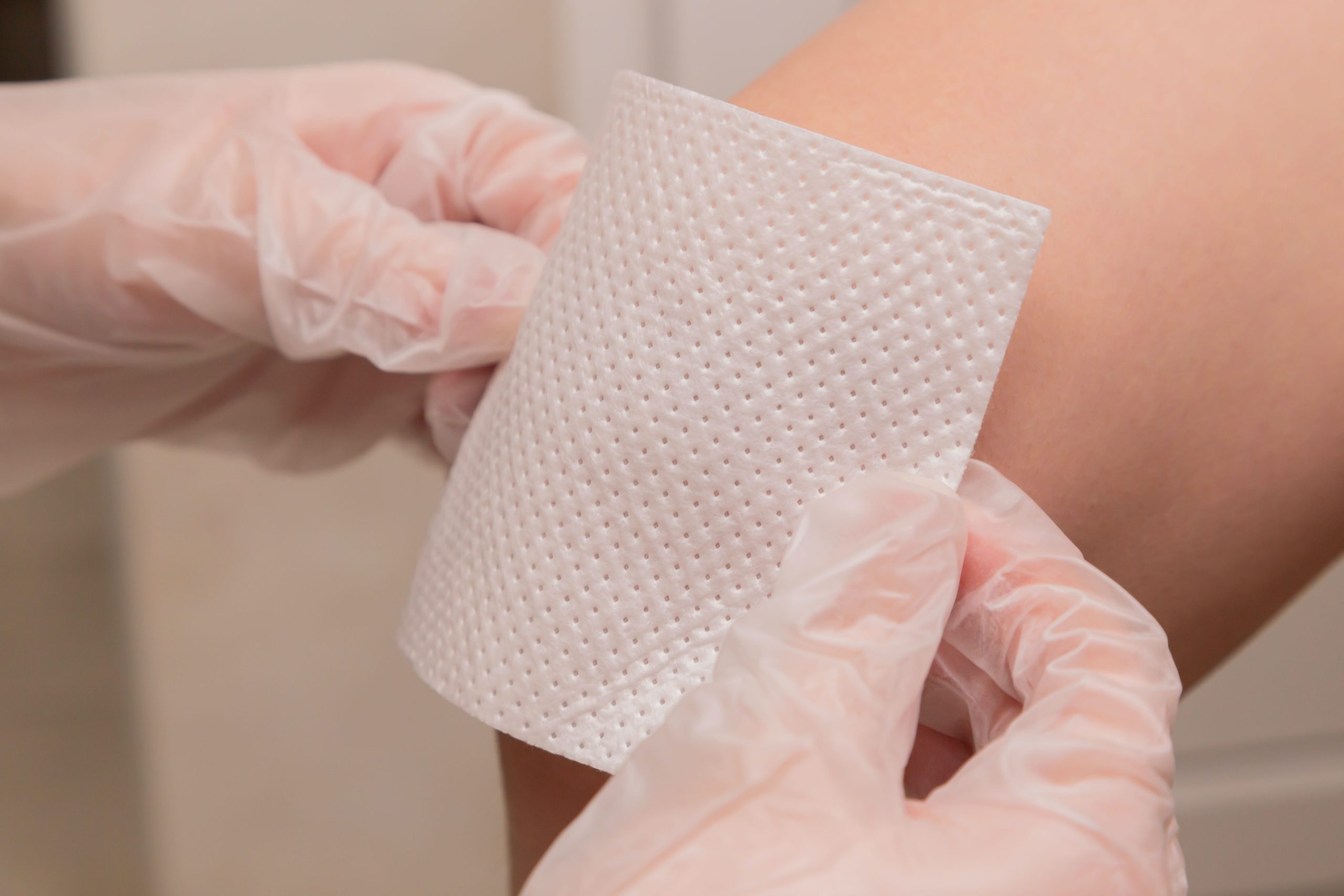New methods to accelerate wound healing
New methods to accelerate wound healing
Although bandages and antibiotic ointment are staples in my house, doctors have need of more advanced treatments for wound healing beyond these simple first aid tools. By researching how our skin heals, they have incorporated pH adjustment, ions and lasers to help those who suffer from large or slow-to-heal wounds. These are very non-invasive ways to help get patients back to their normal function more quickly and with less pain.
What’s your pH?
In our article on alkaline water, we discussed pH: what it is and that our bodies regulate the pH of our blood and tissues carefully. Scientists took information on healthy tissue and compared it to wounds. According to the 2021 book Digital Health: Exploring Use and Integration of Wearables (chapter 6), healthy skin has a pH value of approximately 5.5 (acidic), but for infected wounds, the pH value is in the range of 7-8.5 (neutral to alkaline). The alkaline nature of pH in the wound is due to the presence of bacterial colonies and enzymes. When a wound is kept in an acidic condition, the fibroblasts proliferate more actively and the wound healing process is stimulated more while an infected wound shows a slightly alkaline pH environment due to certain enzyme activities, bacterial colonization, and formation of protein structures. Consequently, several research groups have developed dressings which incorporate pH-sensitive materials.
In addition, this theory of how acidic environments prevent or retard infection holds true for other entry points of infection in the body:
- The nasal mucosal pH is approximately 5.5-6.5, and increases in rhinitis to 7.2-8.3. (1999 study on NIH website)
- Saliva has a pH normal range of 6.2-7.6 with 6.7 being the average pH. (2013 NIH article)
- The normal values (of urine) range from pH 4.6 to 8.0, and a high urine pH may indicate kidney dysfunction or urinary tract infection. A study even indicated that a urine pH of >7.5 is a single indicator of UTI. (Association between urine pH and common uropathogens in children with urinary tract infections)
- The pH level associated with the vagina plays a valuable role in determining vaginal health. The normal vaginal pH ranges between 3.8 and 5.0, which is moderately acidic (Vaginal pH Value for Clinical Diagnosis and Treatment of Common Vaginitis, 2021)
Consequently, those tissues that are closer to neutral pH or alkaline, may be more susceptible to infection:
- The normal pH for the esophagus is close to 7.0. (Johns Hopkins)
- The eyes: “The normal physiological pH of ocular surface in humans to be 7.11±1.5. They also showed an increase in ocular surface pH early in the morning and a gradual increase in pH to more alkali levels during the day.” (2014 NIH article)
- According to Healthline.com, “ A normal blood pH level is 7.35 to 7.45 on a scale of 0 to 14, where 0 is the most acidic and 14 is the most basic. This value can vary slightly in either direction.”
Hence, it’s very important that microbes are stopped at our body’s first lines of defense! Acidity is one way of preventing infection and speeding healing, but scientists have discovered that ions can also help. As you may know, there are two varieties of ions: negative and positive. They work in different ways to assist healing.
Negative ions can be applied via negative ion misting machines (using sterilized water), corona devices, or bipolar ionization (like HypoAir units). They produce negative ions by the hundred-thousand or millions, while normal air only has hundreds or thousands of the ions. Negative ions were found to have antioxidant and anti-inflammatory effects in this 2021 study. In this 2022 study, it was inferred that increased wound healing was due to a hydrogen peroxide scavenging effect provided by the ions.
On the other hand, excess positive ions in the air do not promote healing, but positive ions produced by copper and silver are often used in bandages to do so. These metals produce positive ions when they are placed in contact with the skin or wound, which enhance angiogenesis (formation of new blood vessels), anti-inflammatory power, as well as being anti-microbial to prevent infection during healing. (2014 study) To increase contact and ions produced, researchers have designed bandages with nanoparticles of silver and/or copper.
Lasers are another tool in the box for doctors to help their patients heal. Traditionally low-power lasers and LEDs have been used in phototherapy of large or otherwise slow-healing wounds. However, high-power unfocused lasers have also recently been used. The advantage of lasers for wound healing are that they reduce pain, inflammation and exudates (weeping of fluids from the wounds), as well as reduce scar tissue and help the body to granulate tissue in a more organized way. Laser sessions last only seconds to minutes and are painless for the patient, and in a matter of weeks they can see new skin being formed to close the wound.
Our bodies can normally heal themselves with simple wound care, but infections and co-morbid conditions like diabetes or circulation problems can severely impact healing. That’s when harnessing wound pH management, applying positive or negative ions, or laser therapy can help get the healing going.
Photo by Diana Polekhina on Unsplash


